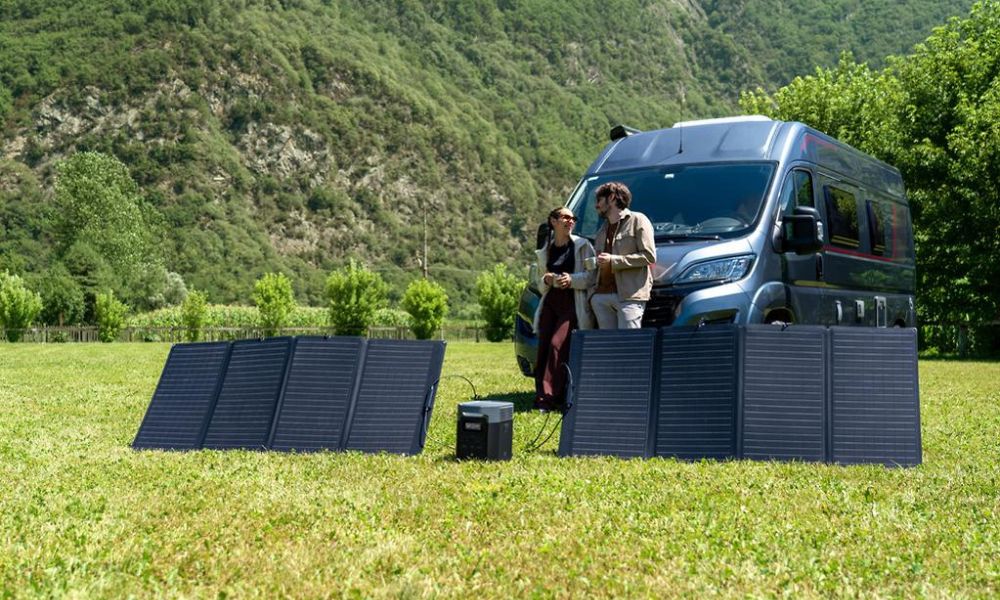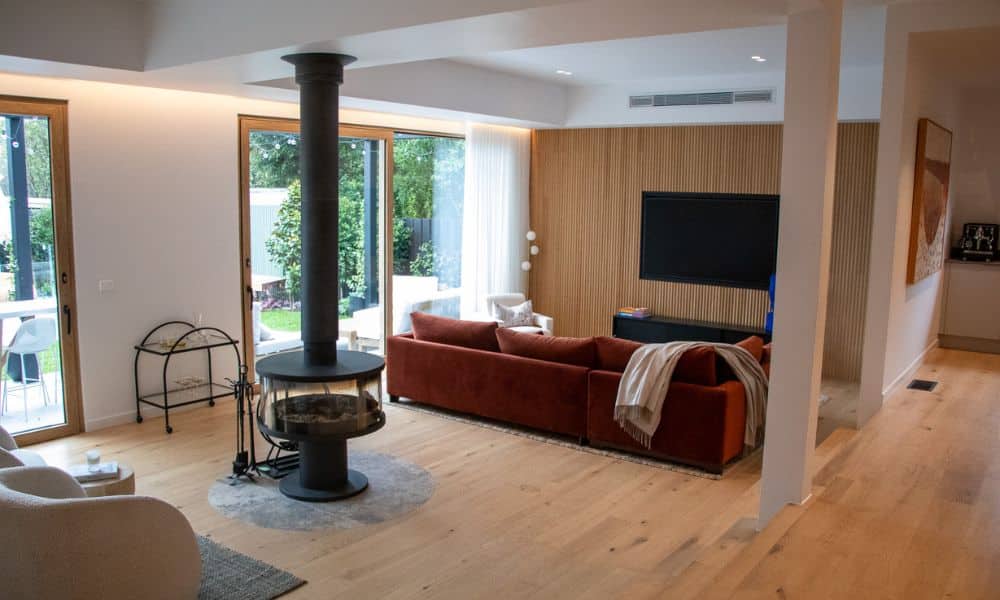In the pursuit of sustainable living and renewable energy sources, residential wind turbines have emerged as a promising solution. These compact and efficient devices harness the power of the wind to generate electricity for homes, offering a clean and eco-friendly alternative to traditional power sources. In this blog post, we will delve into how residential wind turbines work, their benefits, and how they can complement solar panels with the help of an inverter.
How residential wind turbines work
Residential wind turbines, also known as small-scale or micro wind turbines, work on the same principles as their larger counterparts. They consist of a few key components:
- Rotor: The rotor, typically consisting of two or three blades, captures the kinetic energy from the wind. There are many designs available that work in similar ways to capture the wind.
- Generator: The captured wind energy is then converted into electricity through a generator, which is connected to the rotor. The most common type of generator used in residential wind turbines is the induction generator.
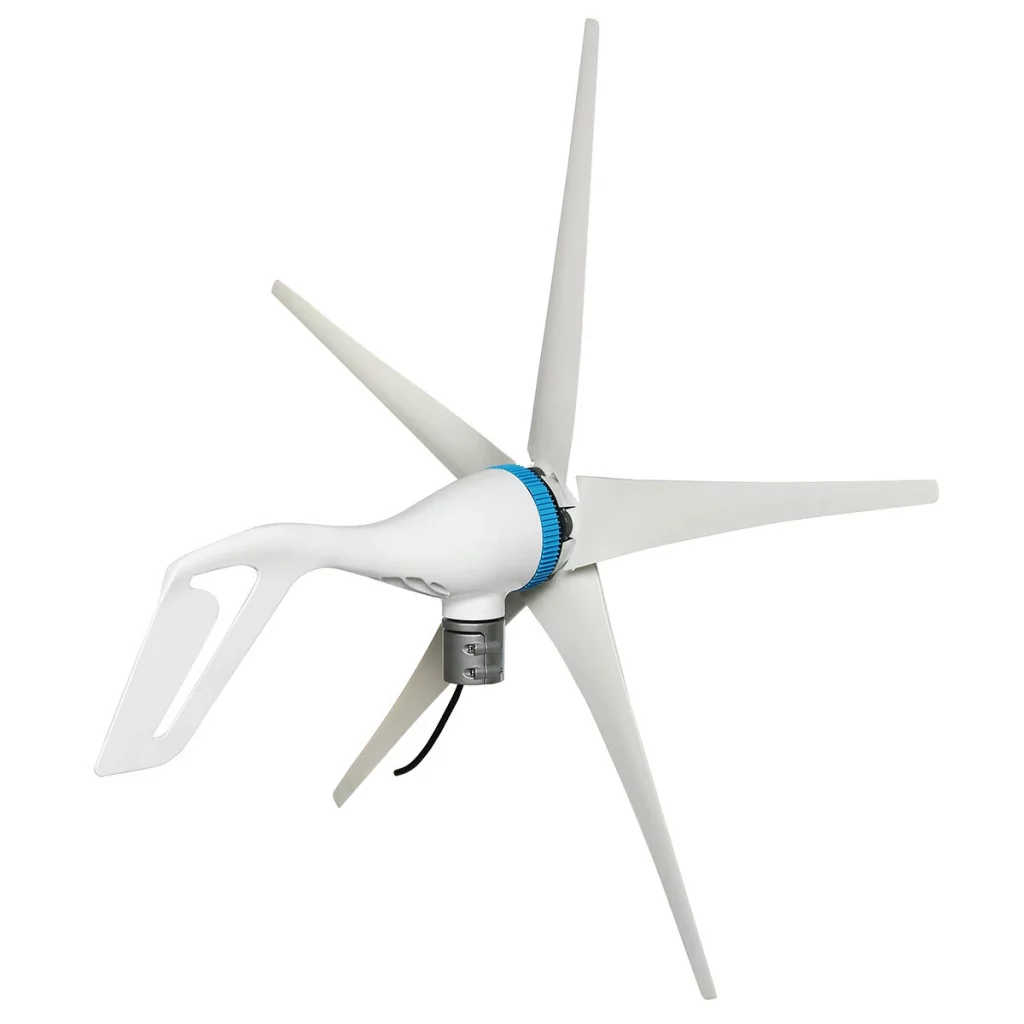
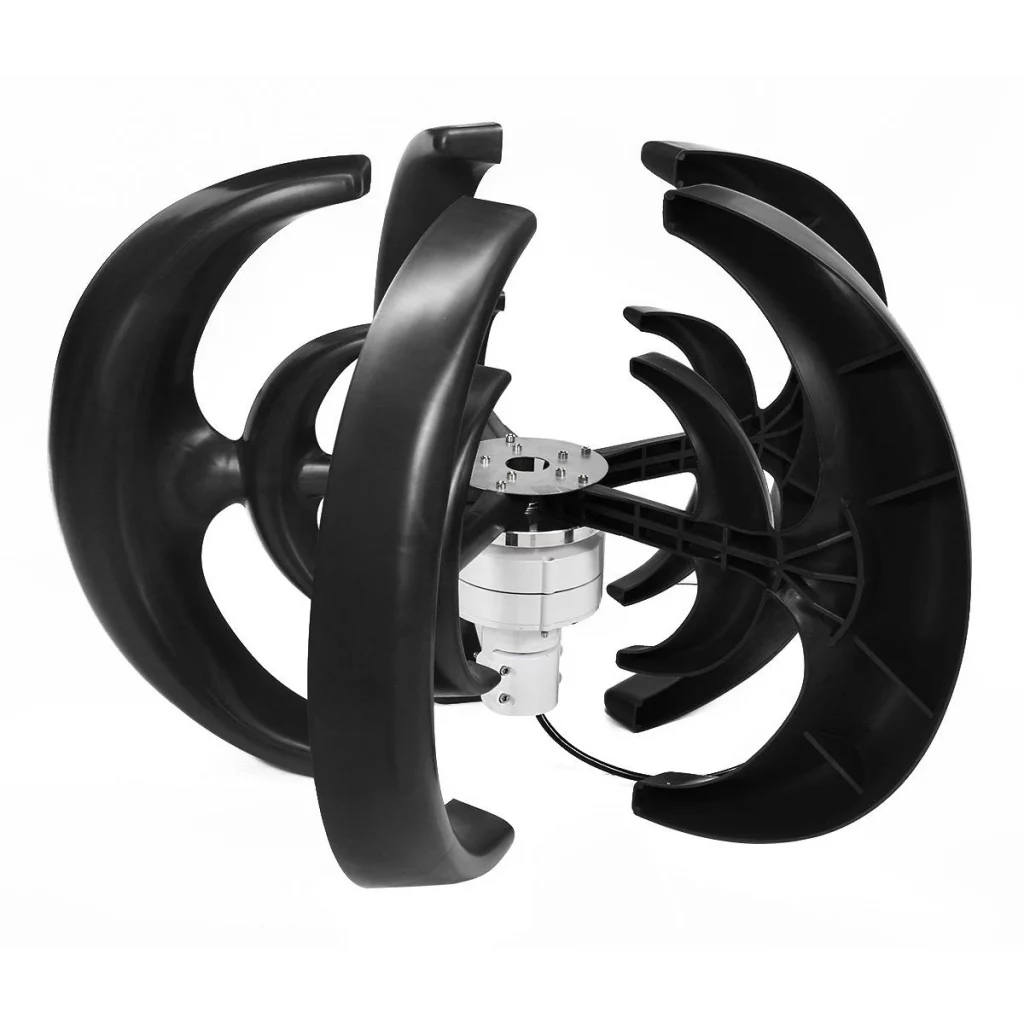
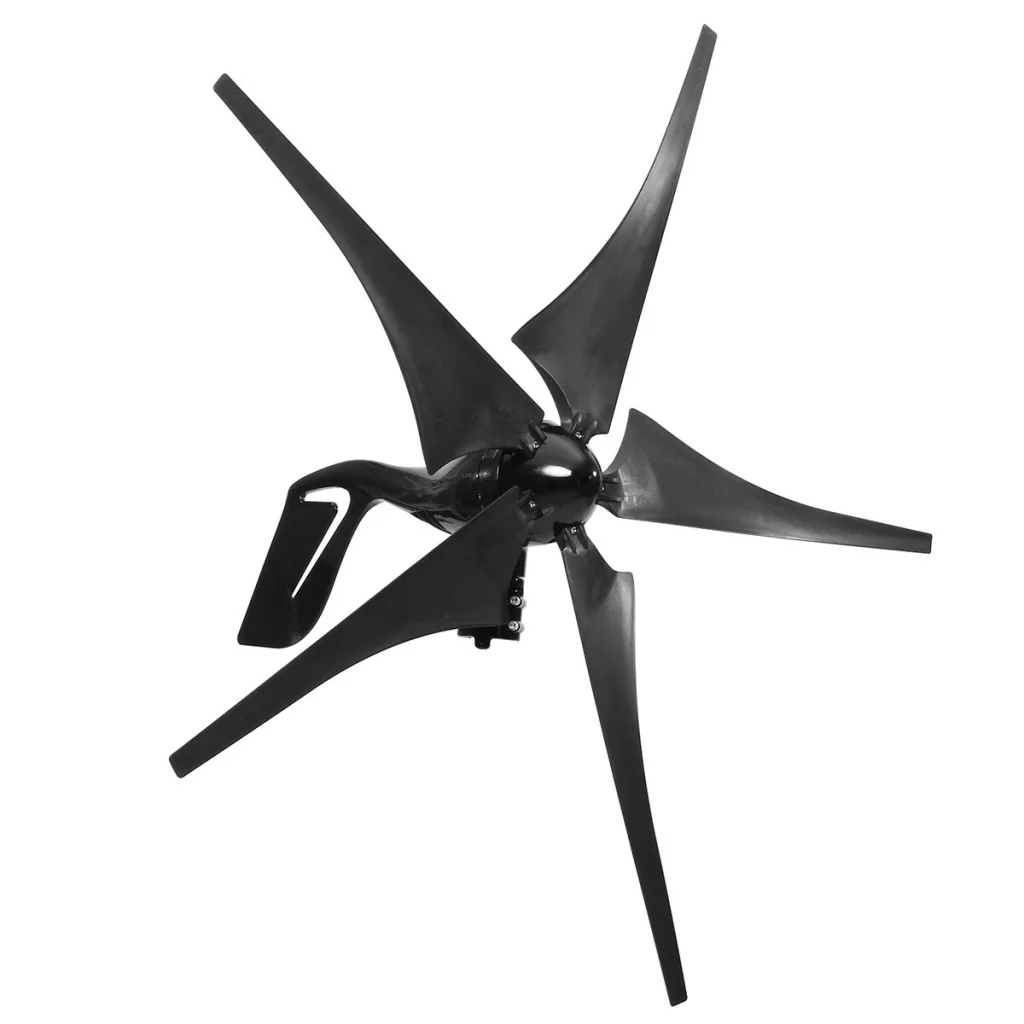
- Tower: To maximise efficiency, the turbine is mounted on a tower to elevate it above potential obstacles that may disrupt the wind flow. They can also be mounted to roofs or other tall structures.
- Inverter: The electricity generated by the wind turbine is often in the form of direct current (DC). An inverter is then used to convert this DC power into alternating current (AC), which is the type of electricity used in homes.
Benefits of residential wind turbines
Let’s take a look at the multiple benefits of wind turbines for your home.
- Renewable energy source: Wind is an abundant and renewable resource, making residential wind turbines a sustainable energy solution.
- Reduced electricity bills: By generating your own electricity, you can significantly reduce your dependence on the grid, leading to lower electricity bills.
- Low environmental impact: Wind power is a clean energy source that produces minimal greenhouse gas emissions, contributing to a greener and more sustainable planet.
- Energy independence: Having a residential wind turbine provides a degree of energy independence, especially in areas with consistent wind patterns.
Synergy with solar panels and inverters
Combining residential wind turbines with solar panels and a compatible inverter can create a more reliable and efficient renewable energy system. Here’s how they work together:
- Complementary energy sources: Wind and solar power often complement each other, as wind tends to be more prevalent during the night or in cloudy weather when solar panels may be less effective. This ensures a more consistent energy production throughout the day and night.
- Inverter integration: A hybrid inverter is key to integrating the energy produced by both wind turbines and solar panels. This device is capable of managing both DC and AC inputs, optimising the overall energy production of the system.
- Battery storage: When excess energy is generated, it can be stored in batteries for later use, providing a reliable power source during periods of low wind or sunlight.
Conclusion
Residential wind turbines, when combined with solar panels and a sophisticated inverter system, offer a comprehensive and efficient renewable energy solution for homeowners. By harnessing the power of the wind and the sun, households can not only reduce their environmental impact but also achieve greater energy independence and savings. As technology continues to advance, the integration of wind and solar power in residential settings holds the promise of a cleaner and more sustainable energy future.
Marketplace has a number of wind turbines available for purchase for your home. Check them out via the button below.

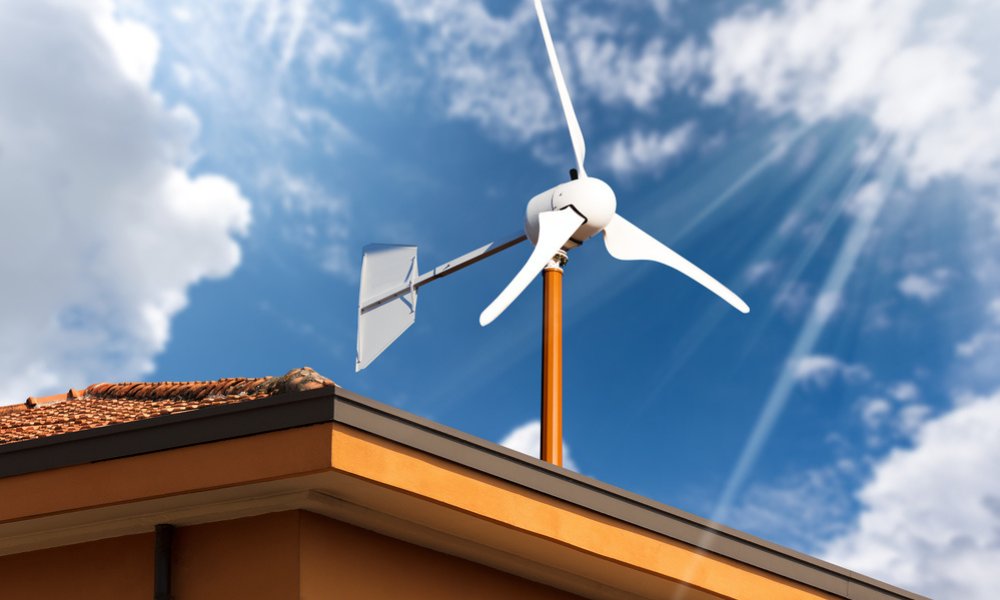
 Portable Battery
Portable Battery Portable Battery
Portable Battery Portable Battery
Portable Battery